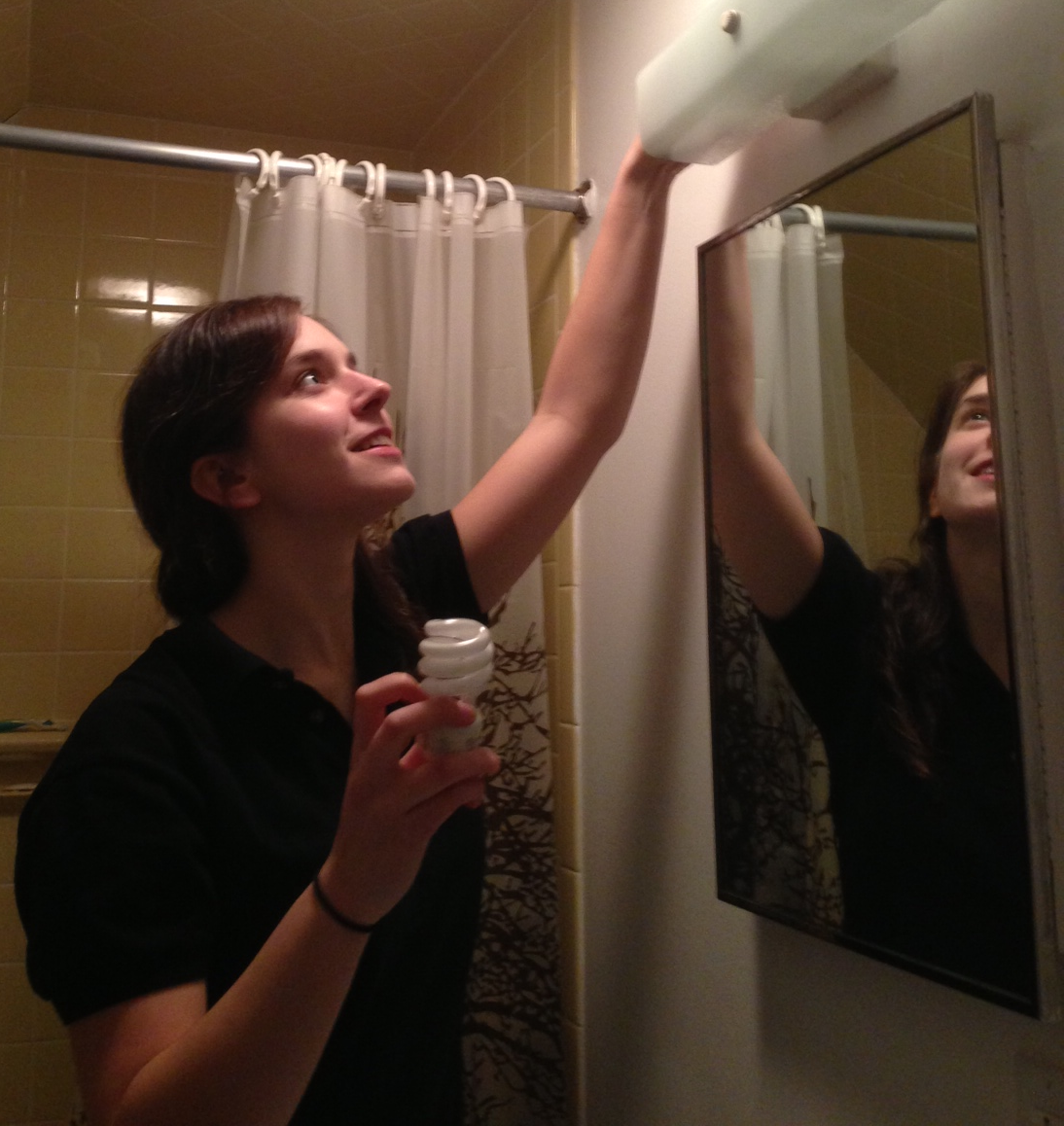I consider myself a pretty crafty guy, and as both a DIY-er and someone who cares about the impact I have on the environment, “green DIY” is a term that I care about and identify with. That’s why I get frustrated when, say, researching a blog post on green DIY leads me to post after post of can-tab bracelets and up-cycled mason jars. While it’s true that up-cycled craft projects often make good use of post-consumer materials, true green DIY involves more than just a cute idea for reusing your old crocs.
Green, Sustainable, Eco-Friendly?--How about Responsible?
In the jumble of buzzwords that get tagged on to projects that incorporate elements of responsible design, what we should care about is just that: responsibility. Truly green projects are those that, considering all aspects of a project, make design choices that prioritize the environment and human health along with form, function, and budget. That’s why I encourage you to take a more holistic approach to your green crafting. For inspiration, consider the case of green-building standards.
In a green-building rating system, such as the USGBC's LEED, project teams are awarded points for incorporating environmentally-conscious best practices into each aspect of their project. Starting with the design of the final product, to the selection of raw materials, and continuing through the construction techniques and final finishes, project teams seeking certification points need to consider each element of their project to ensure that sustainable principles inform each stage of the project.














